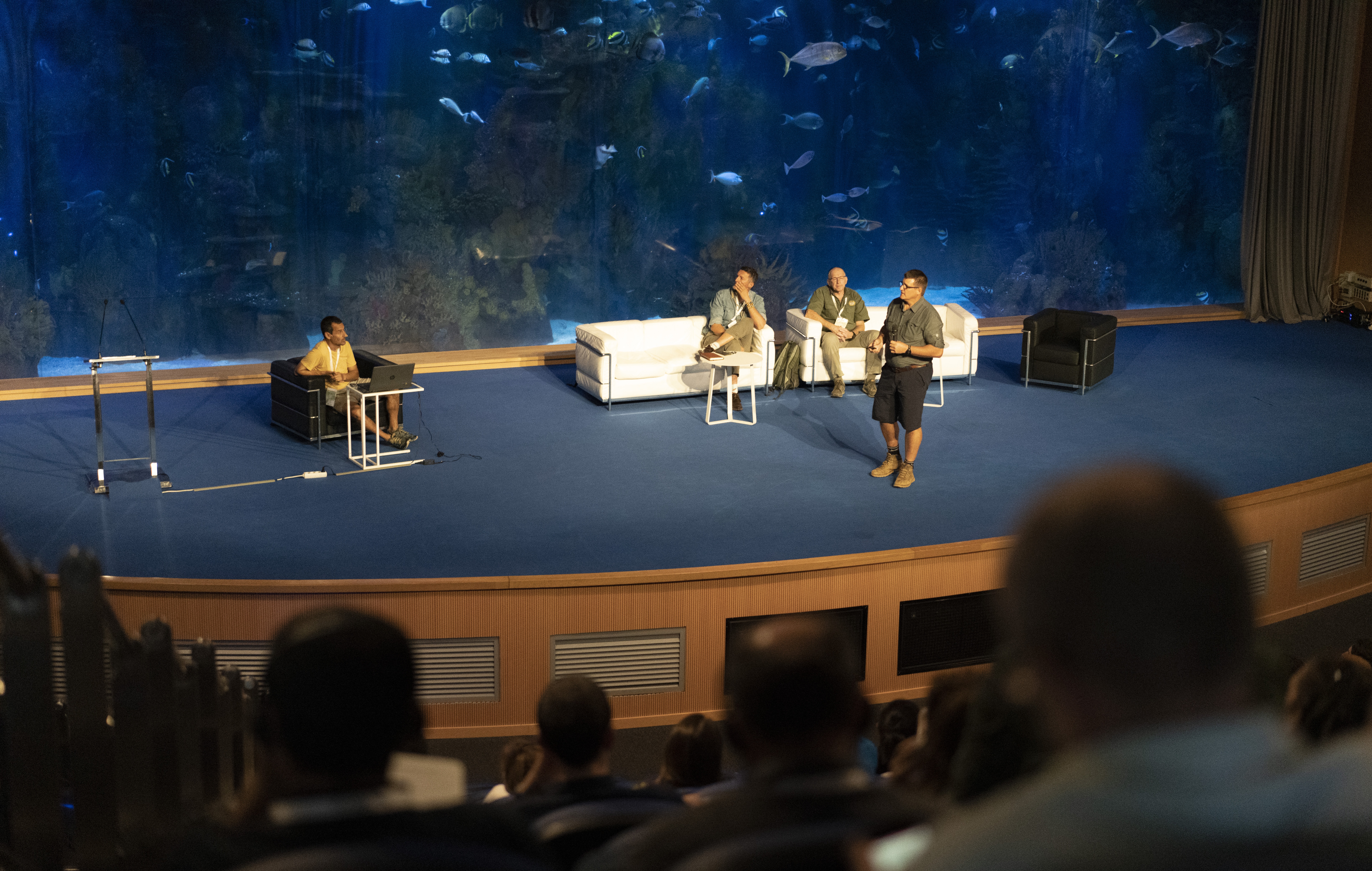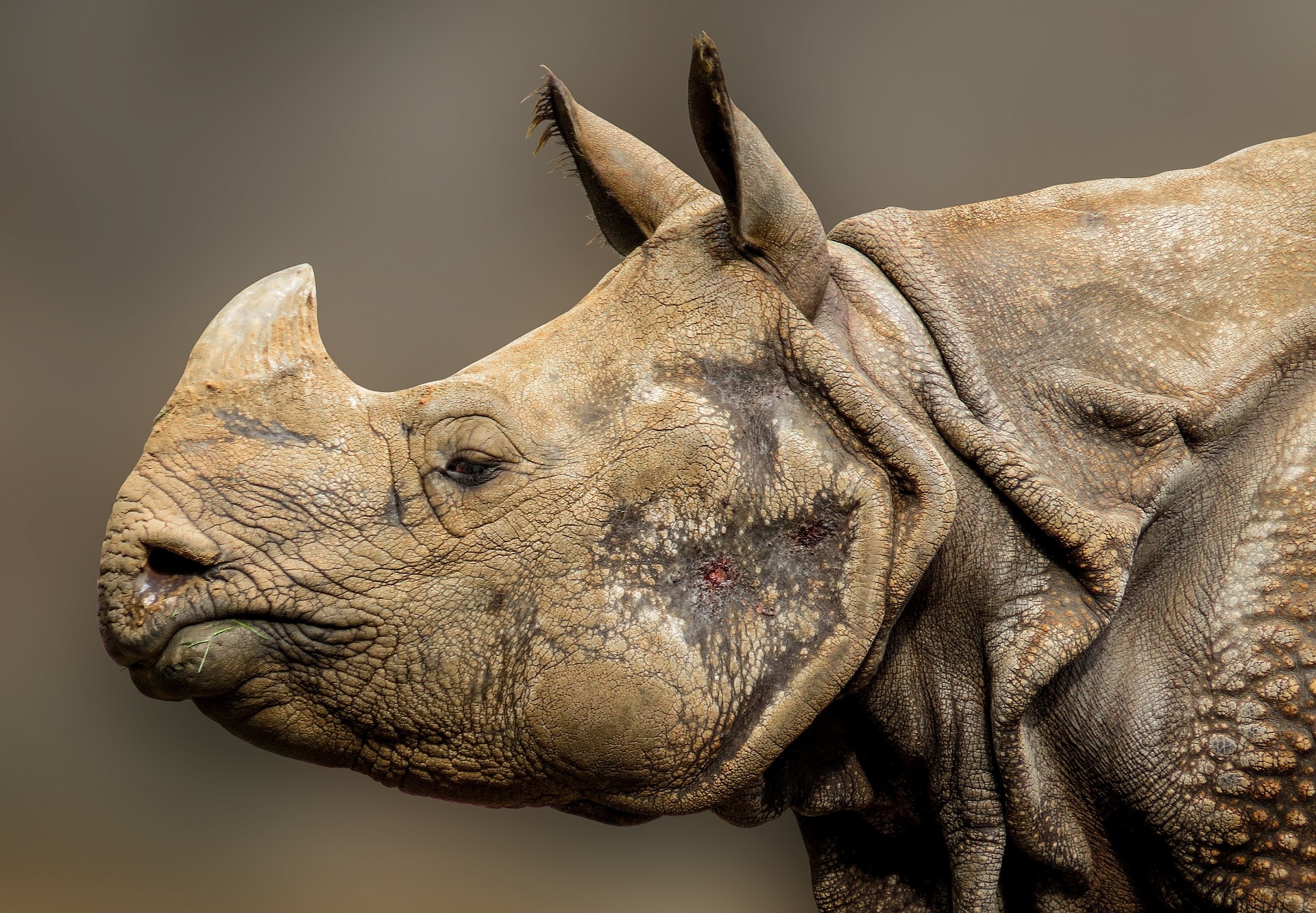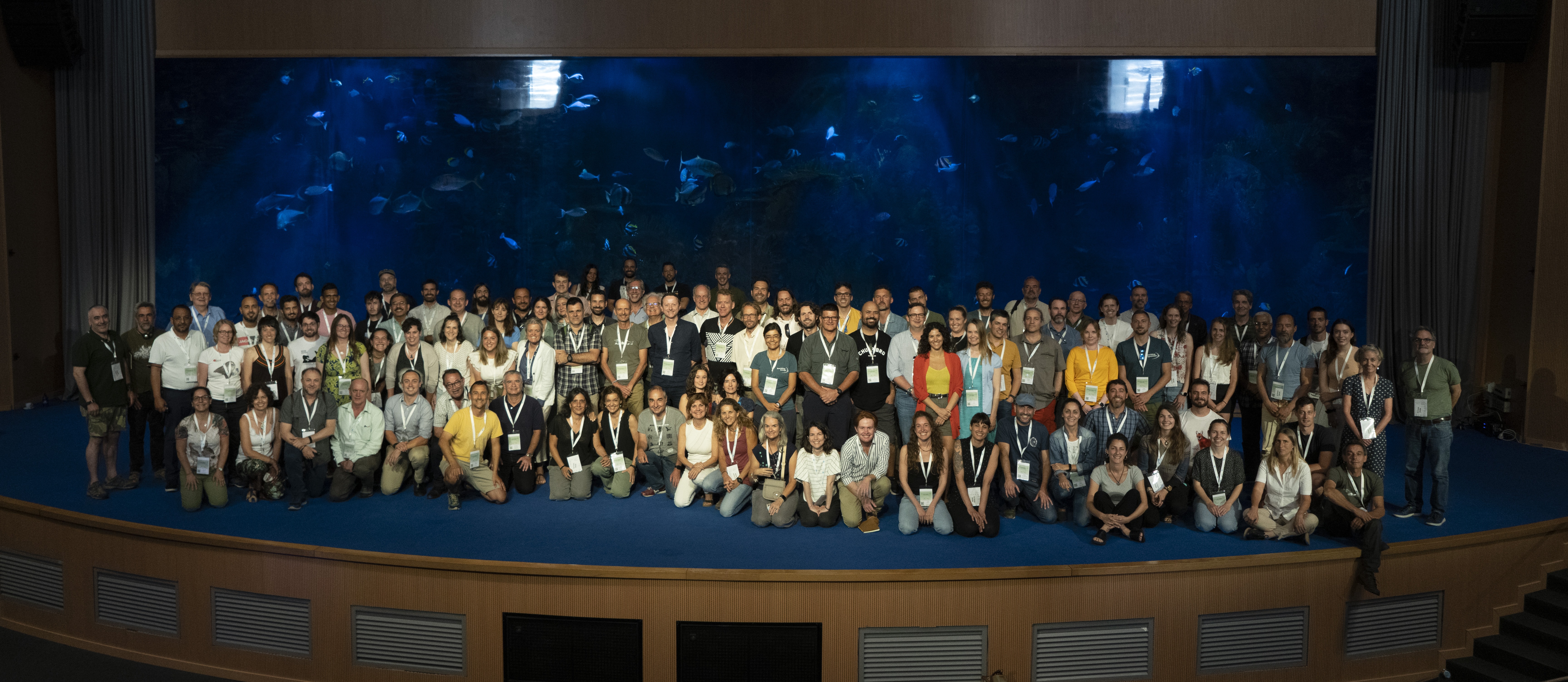Last month, I was invited to give a presentation at the First Global Meeting of Conservation Translocation Practitioners Workshop, which focused on identifying and communicating best practices for wildlife reintroduction programs across different continents and cultures. This event was held in Valencia, Spain.
This workshop featured a speaker talking about translocations from each continent. This diverse gathering featured a wide array of viewpoints on wildlife reintroductions, which led to some fascinating discussions. It was great to see what my peers are doing to advance and fine-tune rewilding and similar conservation actions at a global scale. I was honored to speak on behalf of Africa about translocation strategies I’ve helped implement, and was joined by Simon Naylor from Munyawana Game Reserve in South Africa and Marc Stahlmans from the Gorongosa National Park restoration project in Mozambique.
The most challenging places for translocation and rewilding approaches are Europe, North America, and South America due to policy challenges and a lack of scalable examples. From my own experience, Southeast Asia also has many complexities due to high human population density and minimal translocation experience, making wildlife reintroductions tricky to pull off there.
India presented an interesting case study—despite large challenges from urban development and a growing human population, the country is showing some significant and innovative examples of coexistence. Their wildlife corridor models are working well, as is a successful voluntary movement program where people willingly relocate out of core conservation areas.
- Beware of experts, as they often disagree and egos can get in the way of rational decisions.
- A small, well-managed team of amateurs can achieve more than a group experts.
- The best translocation project is the one you started talking about 10 years ago and implementing now—properly sequenced translocations take time to establish and therefore need realistic planning periods.
- Do not wait for science to address everyone’s concerns—such solutions don’t exist. It will take too long to satisfy every scientific question around translocations.
- If the library is burning, don’t waste time counting books!
- Sometimes translocation are not the answer—some landscapes are too compromised to allow for certain translocations to ever truly become long-term successes.
- Some systems are better suited for conservation translocations than others—certain landscapes will have a better chance than others to successfully recover wildlife. If the socio-ecological environment is not well aligned, it will usually fail.
- Experts do not own endangered species.
- Fear of public opinion can sink a project.
- Nobody benefits from hiding mistakes.
- Academic publishing can sometimes hinder knowledge sharing—sometimes the “publish or perish” drive withholds information needed to make the best decisions, so share information freely.
- People and have short and selective memory, so failures can be repeated if lessons learned aren’t properly documented.
- Indigenous knowledge and experiences and local capacity building and inclusion are crucial to the long-term success of translocation projects.
It was a privilege to take part in this incredible and informative workshop, and to represent Africa among this gathering of amazing conservationists. These types of global cross-learning experiences are excellent for sharing and advancing conservation strategies that are critical to our mission to make wild places safe, thriving homes for wildlife again.




